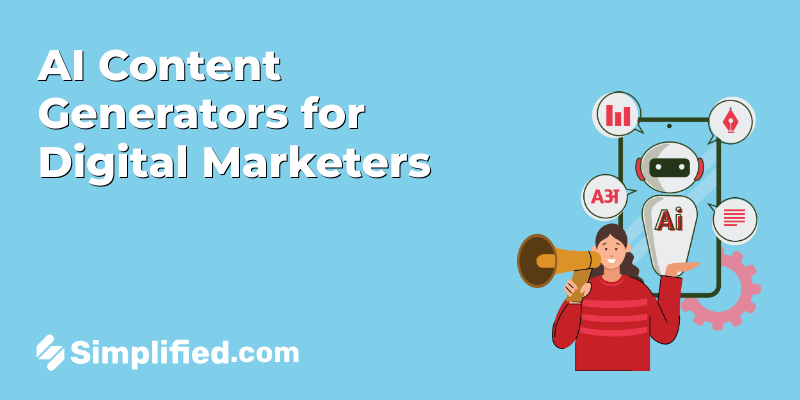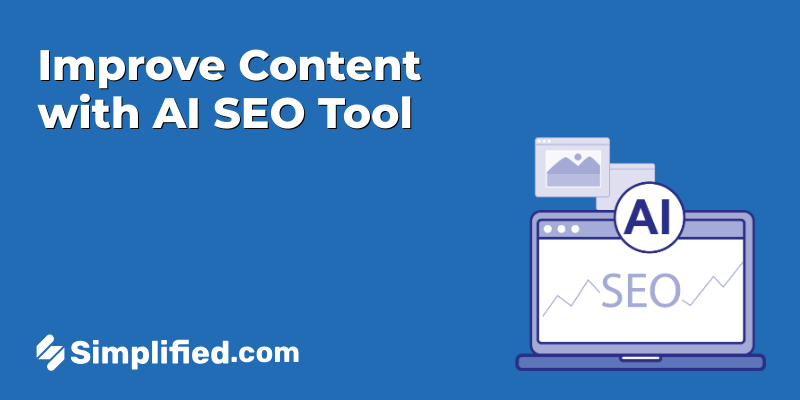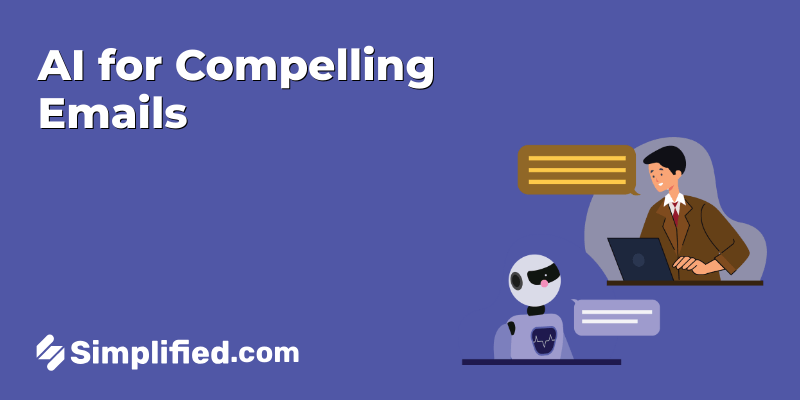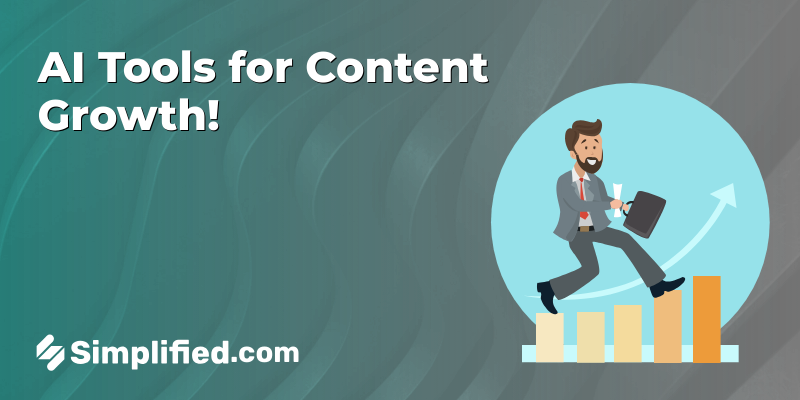
Content development was difficult a few years ago. Each blog article and social media update required a significant amount of effort, and as our organization expanded, so did the workload.
Despite our best efforts, it seemed like we were continuously falling behind; we were in constant need of new content. There was more than one issue with volume. Each and every piece of material had to be excellent and consistent with our brand.
It’s challenging to accomplish that when your team is already overworked. So, we went to AI to free up time for the important things instead of taking over the creative aspect.
Over the years, we’ve discovered how to effectively use AI for content creation. In this article, I’ll share how we’ve blended human creativity with AI technology to guarantee we never compromise voice, quality, or strategy.
AI in Our Content Production Process
Here’s how we use AI to generate, edit, optimize, and repurpose our content
Surfer SEO

Surfer SEO was one of the first tools we tested. It’s been a huge time-saver for us because it takes care of the SEO side of things, so we don’t have to spend hours doing manual research for every piece of content.
Before working with this tool, we spent a lot of time analyzing keywords, checking out competitor websites, and ensuring we hit the right word count. We had to make sure our content was optimized to perform well.
Much of that procedure is now automated with Surfer. The best part is that it only eliminates the technical aspects without compromising creativity.
We continue to concentrate on producing interesting, valuable material, but we now have a tool that makes sure we’re also meeting all the SEO requirements.
Bonus: Why Visual Content Is The Future Of Marketing?
Pillar and Spoke Strategy
How else should we go about SEO? We’ve employed the pillar and spoke strategy. This strategy has increased search engine ranks and provided our audience with valuable content.
It’s a way of organizing content around one big, in-depth topic (the pillar) and supporting it with several more focused articles (the spokes). This setup helps users find everything they need on a topic and makes search engines view your site as a trusted source of information.
Let’s say you’re writing about Body Jewelry.

The main piece of content, or the “pillar,” would be something like “Types of Body Jewelry.” This would be your big, all-in-one guide that covers everything about body jewelry—different types, materials, styles, and how they’re used.
We now produce the “spokes,” or smaller, more focused content pieces, around this pillar. Each of these articles relates back to the main guide and focuses on a different aspect of body jewelry.
Why is this important for SEO?
Search engines are visitors to your city (website). Obviously, they want to find routes and streets quickly and easily.
So, when your website is well-organized with clear connections between pages, search engines understand your content better and guide visitors to the information they need.
Using AI helps us quickly analyze what topics are trending, what keywords we should include, and how to structure the pillar and spoke articles to ensure they’re optimized for both SEO and reader engagement.
Bonus: 10-12 Creative Ways to Repurpose Video Content Across Multiple Platforms
ChatGPT transformers
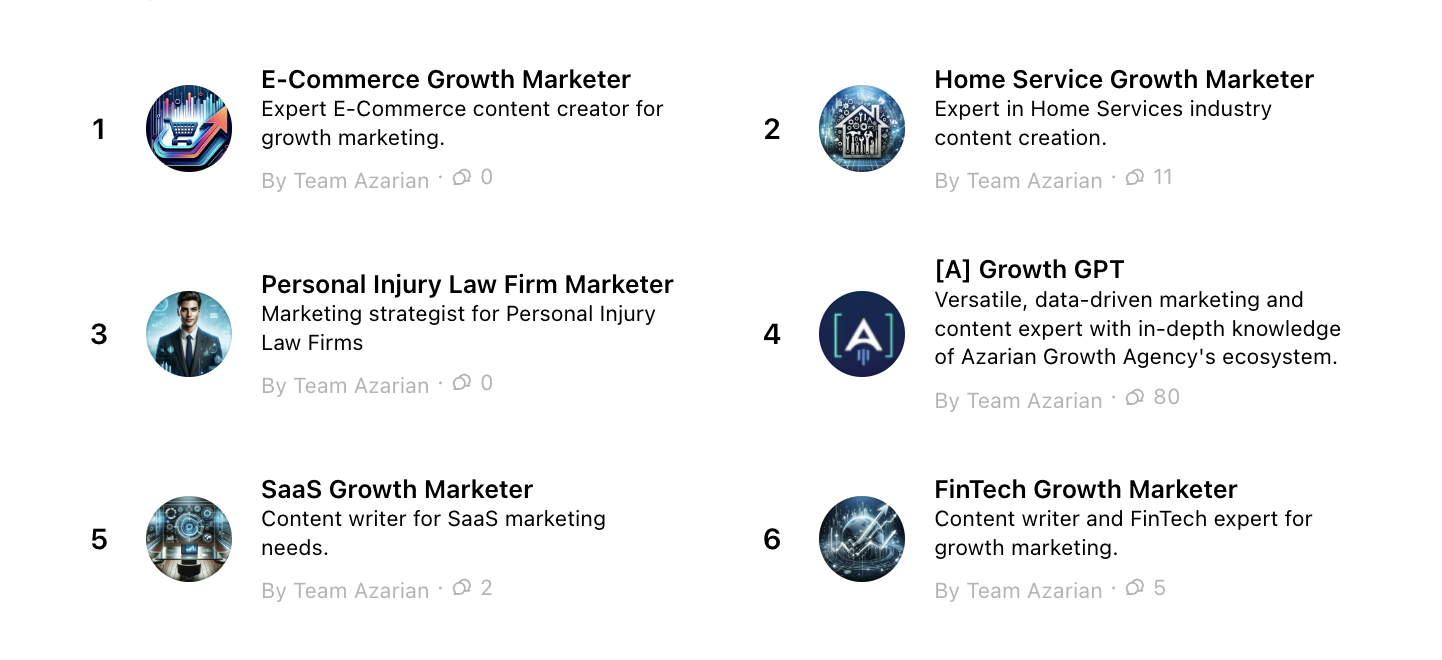
Another way to scale our content creation without sacrificing quality or relevance was developing ChatGPT transformers. Every industry has its own language, trends, and needs. Off-the-shelf solutions weren’t going to cut it, so we created custom GPTs for our partners one by one.
Through data training, we were able to tailor each transformer. They learned the customer personas, industry-specific language, and unique needs for each situation.
Now, working with GPT, our writers don’t have to repeat the information about a company. This saves us a ton of time by automating large parts of the content creation process.
But it’s not as easy as just entering some data. Working closely with our partners, we collected high-quality data on everything from previous content to industry studies in order to make these GPTs really effective.
The superior the facts, the more superior the outcome. However, human supervision is crucial even in the case of a properly trained GPT.
Here are some other tools we use during our content creation process.

What are the Benefits of AI in Content Creation?
Efficiency
We’re no longer stuck spending tons of time writing and editing, thanks to AI writers. Instead, we can put more energy into planning and researching, which helps us create stronger, more thoughtful content.
With AI writer, our content has become more reliable and thoughtful, giving us the chance to dive into topics and explore them in more detail.
Consistency
Thanks to AI, we’ve been able to keep our messaging consistent across all our content. Before, we’d often run into issues where different writers would unintentionally shift the tone, and that would lead to mixed messaging.
How do we fix this? By using ChatGPT. Here’s how we do it:
Step 1: Develop a persona for your customers. Suppose we work with a fintech sector.
To make it obvious to whom we are speaking, we start by developing a consumer persona.
Step 2: Guide ChatGPT with industry knowledge.
Without background information, GPT can misguide you.
So, it’s better to ask it to give you information about the Fintech industry.
As soon as you have an idea of what ChatGPT knows, you can add more specific details and information to get the answers you need for the FinTech industry.
Bonus: 7 Best AI Text-to-Video Platforms for Creating Engaging Content Effortlessly
Step 3: Provide specific company details. Next, we give ChatGPT detailed information about the company: values, tone, key messaging, and target audience.
Step 4: Develop the brand voice. Now that ChatGPT has both industry and company knowledge, we can craft the brand voice.
I’d prompt it with something like, “Now, let’s create a detailed brand voice guideline for this customer persona so that when creating content, we’re always aligned and relevant.”
The result is a clear set of guidelines that keeps every piece of content on-brand, no matter who’s writing it.
Scalability
Let’s be real—content creation is more competitive than ever. Approximately 7.5 million blog posts are published on Google every day. If you want your brand to stand out, you’ve got to keep up with both quality and volume. Using AI has really helped manage this constant demand for content.

Implementation Process and Overcoming Challenges
Integrating AI into our content creation process took careful planning, testing, and plenty of adjustments along the way.
We had to make sure the tools worked well for our needs and that our team was comfortable using them. Here’s how we approached it.
How to Include Custom GPT and Surfer SEO in the Workflow
We wanted to see how helpful custom GPT and Surfer SEO could be in our work, so we started by trying them out on smaller projects.
We were really impressed with what they could do, so we decided to use them more and more in our content strategy.
Training the Team to Work Alongside AI Tools
The team needs to feel confident using the tools day-to-day.
So, we use a tool called Tango to create step-by-step guides that help our team learn the ropes. Tango breaks down each task.
Internal Linking and Guides
Internal linking played an integral part in keeping our content organized. This makes it easier for people and search engines to find and explore related topics, which helps our site rank better and makes it more user-friendly.
We have developed guides such as the Content Marketing Guide and the Growth Marketing Guide to facilitate operations.The guides made it easier for our team to handle material and kept everyone in the loop.
Future of AI in Content Marketing
As AI technology advances, it’s changing how people interact with content—and experts have strong predictions on where things are headed.
Generative AI will shift SEO traffic
Generative AI is going to change how people look for information online. More and more people will start using AI (ChatGPT or Gemini) to get answers right away instead of searching on Google and clicking through links.
So, fewer people will go directly to websites, which could change how SEO and content strategies function.Content marketers will need to concentrate on producing more dynamic and captivating content.
AR and VR will support marketing efforts
We can use AR to try on clothes virtually before buying them.
Meanwhile, VR offers fully immersive experiences that can be used to engage customers in entirely new ways, from virtual tours to product demos.
The rise of chatbots and social bots
AI-powered chatbots and social bots are getting smarter, enabling companies to handle customer service requests automatically, reply to queries around the clock, and interact with consumers on social media more successfully.
PR Monkey CEO Nima Olumi says that while AI has its uses, content creation still requires human leadership.
AI is incapable of using critical thinking or personal judgment while writing or creating material.
People are still in charge of choosing what content to produce and how to display it, even though AI can speed up and improve the process.
Looking forward, Olumi predicts AI will be used to assist marketers and creatives, allowing them to produce high-quality content faster.
This is supported by a HubSpot survey, where 74% of marketers agreed that AI has made them more productive in their work.
We covered how AI is really shaking up content marketing. With tools like Surfer SEO and custom GPT transformers, you can create high-quality, SEO-friendly content a lot faster, and still keep the quality high.
We covered how AI is shaking up content marketing. With tools like Surfer SEO and custom GPT transformers, you can create high-quality, SEO-friendly content much faster while maintaining high quality.
AI helps keep your brand voice consistent, makes it easier to scale content, and keeps up with the demand for more.
So,
- invest time in learning the technologies
- use AI to enhance your workflow
- combine AI’s capabilities with human expertise.










